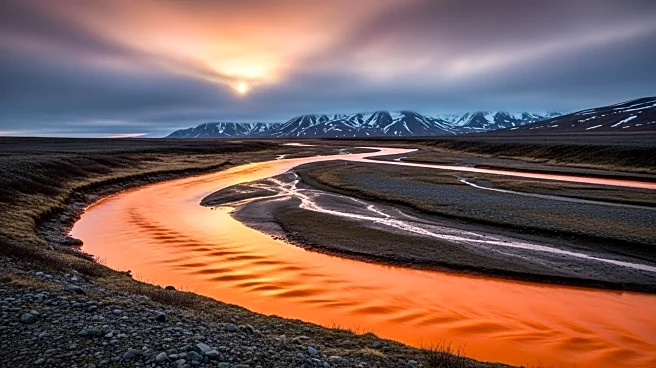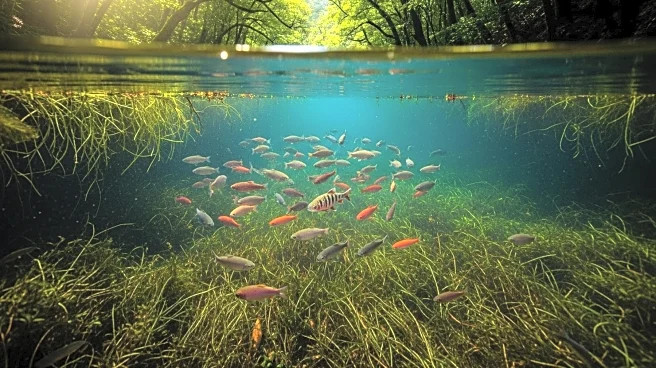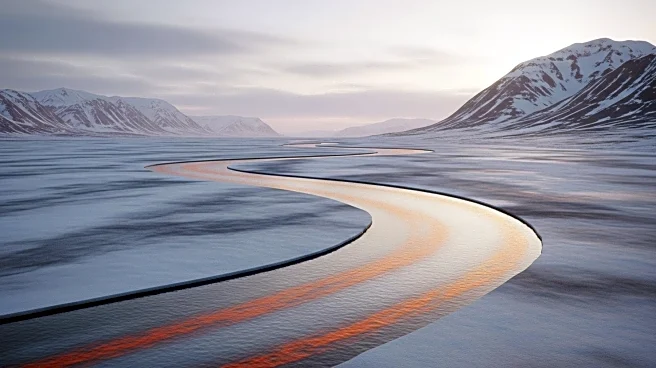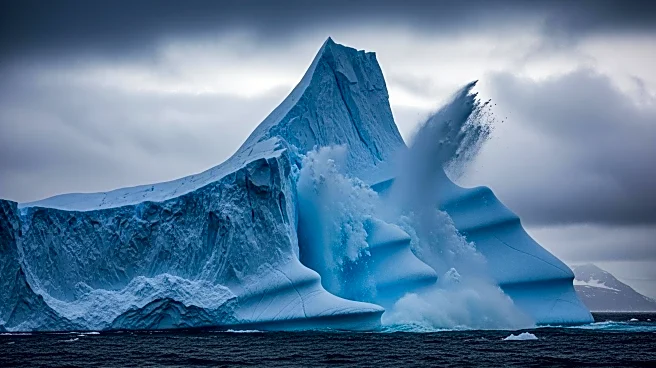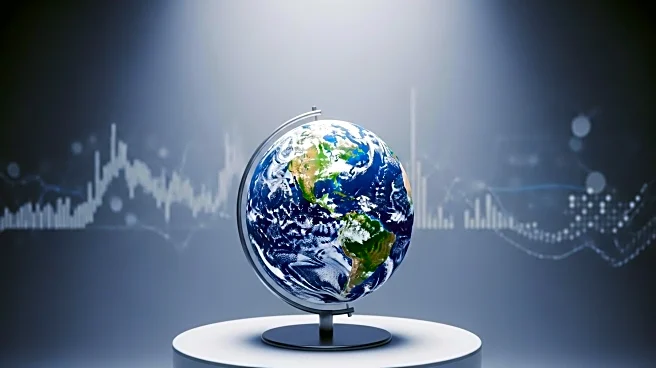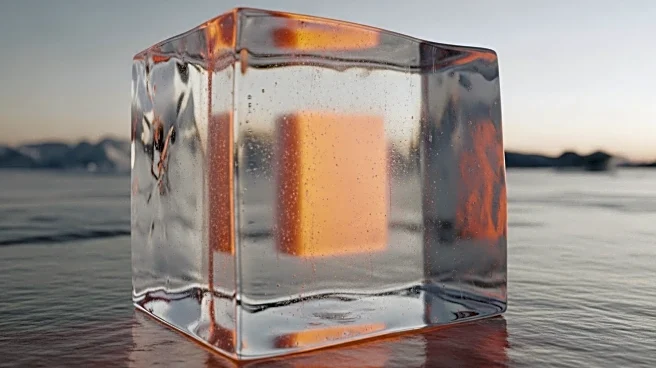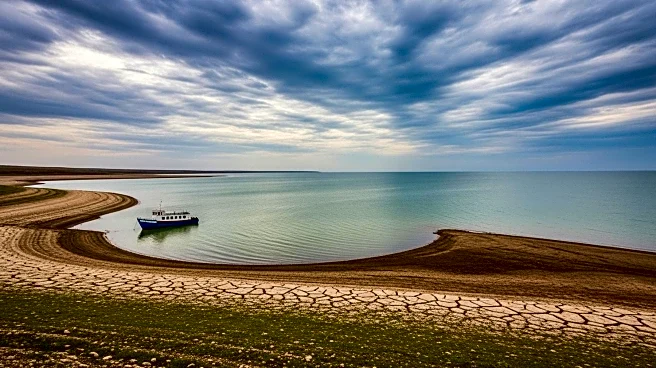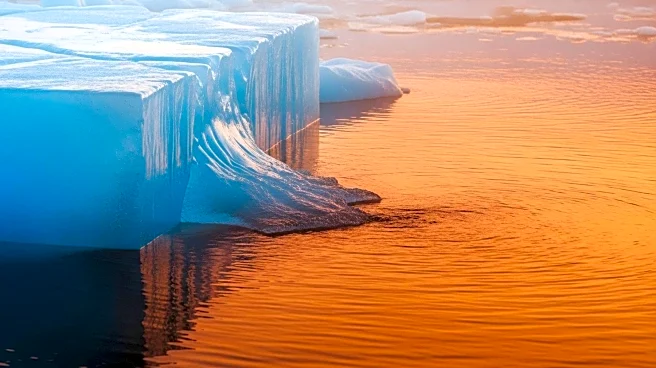What's Happening?
Satellite measurements indicate that the Arctic sea ice minimum extent is shrinking at a rate of 12.2% per decade, reflecting the impact of warming temperatures. The minimum extent, measured each September, marks the smallest area of sea ice during the year. This trend is a key indicator of climate change, as the Arctic experiences increased seasonal melting due to rising global temperatures.
Why It's Important?
The decline in Arctic sea ice has significant implications for global climate patterns, ecosystems, and human activities. Reduced ice cover affects ocean circulation, weather systems, and habitats for Arctic wildlife. It also opens new shipping routes and resource exploration opportunities, presenting both challenges and opportunities for policymakers and industries. Monitoring sea ice extent is crucial for understanding and responding to climate change impacts.

